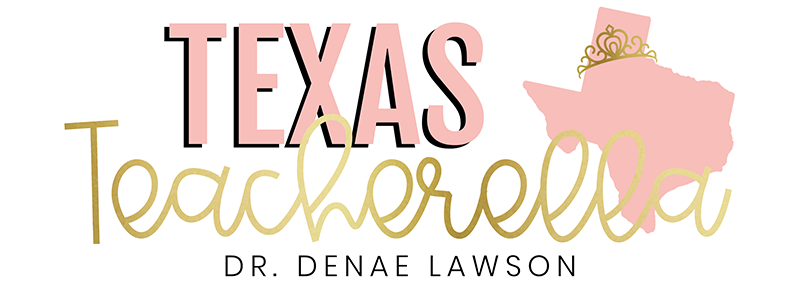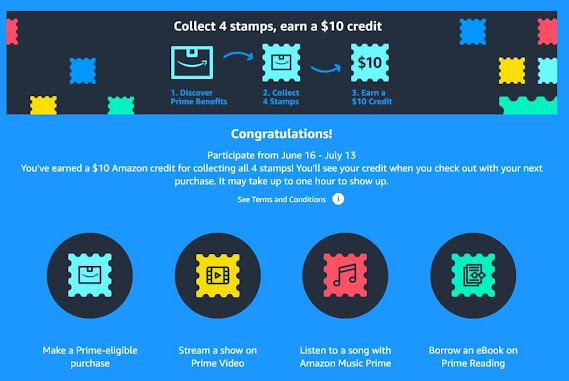STUDENT CHOICE! Can you hear me in the back??
I cannot stress enough how important choice is for kids. Choice is important because it's a skill that we use every single day. When I was younger, everything was decided for me. My mom told me what to do at home, chose my clothes, food, etc. At school, I was told what to do and when to do it. So now as an adult, I struggle with making decisions. It's so frustrating because I was never taught how to make choices for myself. That's why making sure my students have choice is one of my top priorities as a teacher. So, I will get off my soap box and tell you how I help my students embrace their power of choice in my classroom.
At the beginning of each week, my students receive a checklist. I can't take credit for the checklist idea. I'm sure many teachers out there use it, but I got the idea from a fellow third grade teacher from another school in my district, Chasity Beatty. She only teaches science and math. In her class, students have tasks to complete on that day, and they can complete them in whatever order they'd like. So if they want to do math first and then science, or science first and then math...they can! That was a mind-blowing moment for me. I realized that students could do math during reading time, and reading during math time. According to the state of Texas, students just need to practice a skill until mastery.
How does the checklist work?
I do not have the pleasure of teaching just two subjects. My students get their core subjects from me. My checklist only includes math, reading, and language arts. Here is what it looks like:
On Monday, I pass out the checklist and explain to the students what exactly is due by Friday. Students cannot work on the items that are due on Friday until they have finished the work for the current day. For example, if it was Monday, students would need to complete all the work that is listed for Monday before they can work on the assignments that are due by Friday.
How do you introduce it to the students?
There is a bit of a learning curve in the beginning. The students are confused because, for the first time, I am not telling them exactly what to do and when. Mind blowing! I explain to them that they must do the current day's work first. When they are finished with those assignments, they can move on to the assignments that are due by Friday. When I first introduce the checklist, I only give the students one subject. Then once they get the hang of it, I add on another subject to the checklist.
What do I do while students are working on the checklist?
I'm teaching, guys. I really try not to teach in whole group. It makes me anxious. When you are teaching to the entire class, there are some students who got it after 5 minutes and are bored. There are some students who are completely lost and aren't listening to anything you're saying. And there ARE some students who get it and need some more practice, so they are following along with your lesson. I prefer small groups. I can teach every student at his/her level. I have also found that I have less issues with students who struggle with paying attention because I'm working with them in a small group. Even though students can work on any subject they'd like, when I'm pulling small groups, I teach according to our school's master schedule. If it's our math block, I'm teaching math in small groups. I follow the schedule, but the students don't necessarily have to.
What happens when they finish their daily assignments and the assignments due by Friday?
On the back of the checklist, there is a list of activities that students can do if they finish everything before Friday. I like listing their choices for May Dos on their checklist because then I don't have a million kids running up to me saying, "I'm done! What do I do now?"
Why do I love the checklist?
1. Differentiation! I have some students that don't need to stay in a center for 15 minutes practicing a skill that they already understand. Once they show mastery in something, they can move on. I also have so much more time to work with students in small groups and on an individual basis.
2. Choice! When completing their daily tasks, students can work on math, reading, or language arts whenever they want to. I really don't care what order they choose to do their work...I just need them to get their work done. Am I right?
Do the students like it?
Most of my students love the checklist. There are some students who have a hard time managing their work and their time and those are the students who struggle with the checklist. So for those students, I check in with them more often. I ask them what tasks they have accomplished, what they are working on, what they plan to work on next, etc. In some cases, I have highlighted for students what they should work on first so that they don't get overwhelmed.
Checklists have seriously changed my life, and I think they've helped me to become a better teacher for my students.
FREEBIE TIME! You can get an editable copy of my checklist here:
Do you have any questions about the checklist? Drop them below, and I'll try to answer!





















